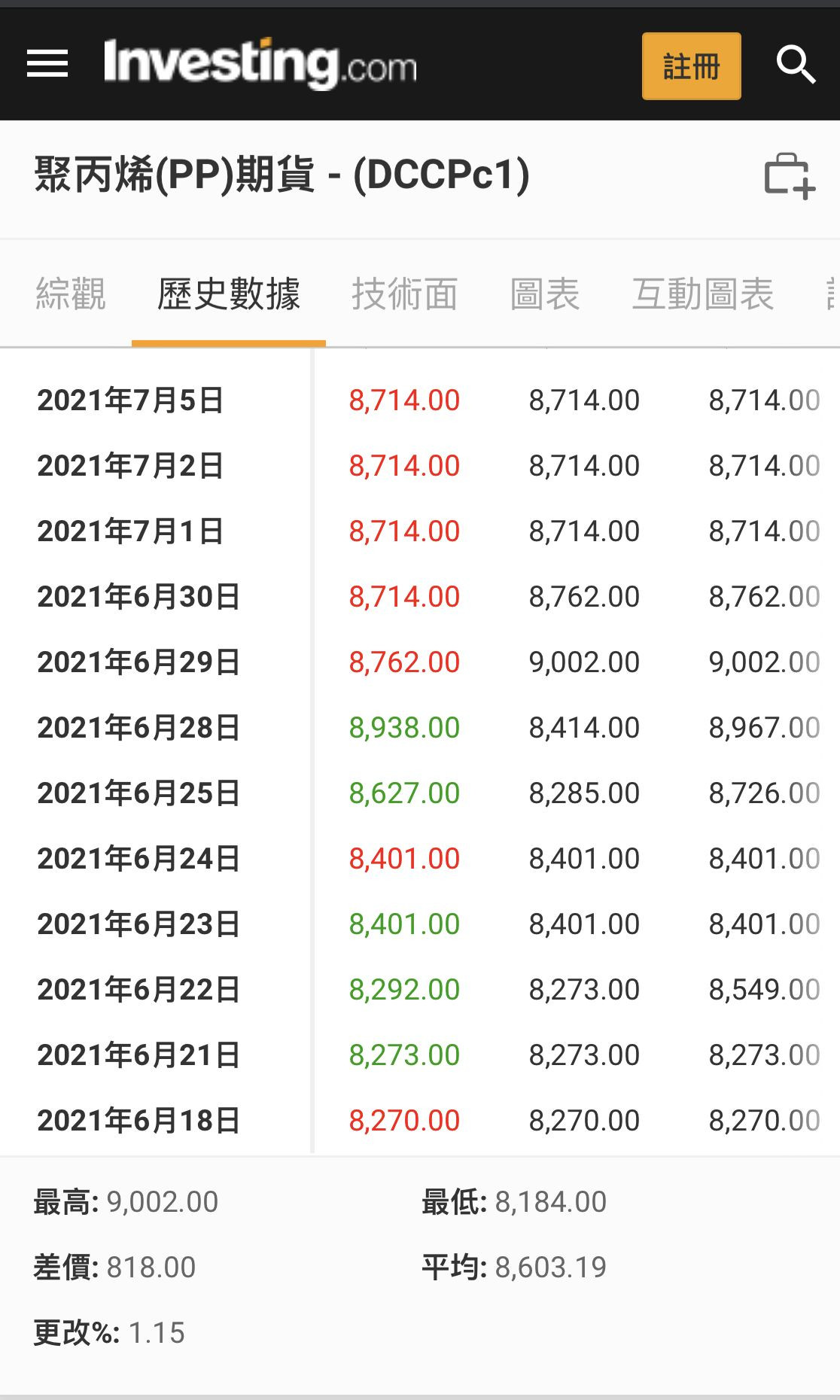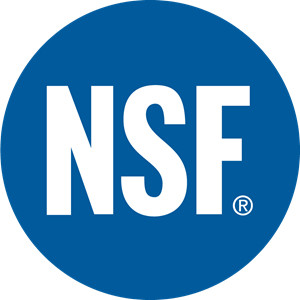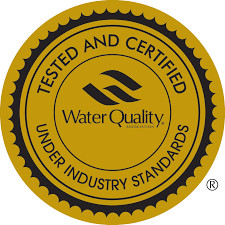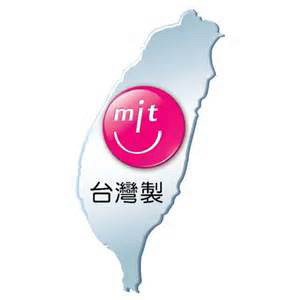How can PP melt-blown filter cartridge so much different in price?
Contents
2.Function and production for PP melt-blown filter cartridge
- Function for PP melt-blown filter cartridge
- Production for PP melt-blown filter cartridge
4. Reason for price difference
- First reason for price difference
- Second reason for price difference
5. Reasonable retail price for PP melt-blow filter cartridge
6.The difference between certified and uncertified PP melt-blown filter cartridge.
7. Currently the most credible certification authority in the world
- NSF – National Sanitation Foundation
- Gold Seal from WQA – Water Quality Association
- PIDC – Plastic Industry Development Center
1. Introduction
No matter what kind of products, although the product is the same but the brand is different, there will be a huge price difference. Let’s take the common personal item "watch" as an example. This unnecessary personal item should be the one with the largest price difference among all products. The most expensive watch can be bought for several million dollars, and the cheapest one can be bought for several hundred dollars. No let us discuss why a simple and small PP melt-blown filter cartridge price can be so much different?
2.Function and production for PP melt-blown filter cartridge
Before exploring the price difference of PP melt-blown filter cartridge, the author has the responsibility to let you know the function and production process of this product.
1. Function for PP melt-blown filter cartridge
A simple manufacturing process and no other components needed, PP melt-blown filter cartridge is an important component of all water purifiers and water purifier filtration equipment. It uses plastic melt-blown technology to achieve the filter pore size we set, and uses a simple filtering method to quickly filter out impurities in the water that are invisible to the eyes.
Before PP melt-blown filter cartridge was create, the pre-filter of household filter mostly used wire wound filter (as shown in the picture below) and its material came from cotton yarn. Its disadvantages are that the cost of cotton yarn is more expensive and the process time is longer than the melt-blown filter. In addition, cotton yarn needs a plastic center column to support it which means the price cannot compete with melt-blown filters. So the market for wire wound filters is almost replaced by PP melt-blown filter cartridges.

2. Production for PP melt-blown filter cartridge
The manufacturing process of PP melt-blown filter cartridge is not complicated. It can be completed through a few steps, the process is as follows:
Material Preparation → Dry Material → Melt-blow molding → Crop → Shrink Packaging→ Labeling → Packing
Let’s watch the link below to see the production status of PP melt-blown filter cartridge:
Since the production process is not complicated and does not require too many processes, why is PP melt-blown filter cartridge price can be so much difference?
3. Product price difference
A length of 10 inches and an outer diameter of 2 inches PP melt-blown filter cartridge, on the Yahoo! auction website (https://ppt.cc/fIlBRx) retail price can range from $10 to $300. The price difference is as much as 30 times. However, whether value matches or not can be known from the following instructions.
4.Reason for price difference
1.First reason for price difference:
It has applied for the product certification from the US NSF.
Let us understand what NSF means? The NSF full name is National Sanitary Foundation。
Usually manufacturers of PP melt-blown filters cartridge will apply for the NSF/ANSI 42 standard. Let’s also learn about the contents of the NSF/ANSI 42 standard:
Standard 42 includes raw material safety, structural integrity, product information, and purification performance to reduce harmful substances and the minimum standards for non-health-related pollutants. The most common claims are chlorine purification and plankton purification. In standard 42 the most common technology is activated carbon filtration, and the standard includes two products: the total point of entry system (POE) and the point-of-place system (POU).
When the manufacturer sends samples to the NSF for verification, the most important thing is the material safety test and the immersion test. And then analyze whether the chemical substance is released.
After submitting the application, the NSF will conduct a factory inspection on this manufacturer. Only after passing the factory inspection and passing the laboratory test results at the same time can it be considered as certified;The certification is 5 years at a time. After 5 years, it is necessary to re-submit for inspection and pay the certification fee. The total fee is about NTD $2 million every 5 years (including the annual fee).
Why is it so expensive to apply for NSF? To be honest, every manufacturer who applying for it, think it’s too expensive.
1. Just the data review fee before starting the test is required approximate US$6,000
2. Cost of product testing approximate US$19,000
3. Annual fee US$8,100 /year x5 years =US$40,500
The annual fees charged by NSF from manufacturers are used for unexpected inspections at the factory each year, including:
1.The certified product (including the sold goods and the in-factory inventory) is consistent with the purchased raw material invoices.
2. Has the material supplier originally sent for inspection been changed without filing?The NSF stipulates that the certified manufacturer shall not change the material manufacturer originally submitted for review in the middle; if the material manufacturer needs to be replaced in the middle, a large fee will need to be paid for material testing.
3.Are the certified product labels posted according to the NSF regulations? Are there any false postings on products that have not been certified?
4.Does the quantity on the accounting account match the sales quantity + product inventory quantity?
5.If it is found to be false or defective, NSF will issue a fine.
How to make sure that the product you bought or product advertisement really claims to have obtained NSF certification? The easiest way is search on NSF official website, use the manufacturer company name in English of the product you bought or want to buy. For example:https://ppt.cc/fbESxx
2. Second reason for price difference
NSF does a material safety test for this No. 42 standard, and analyzes whether it can release chemical substances after the immersion test. Therefore, the manufacturer who applies must pay attention to the product materials selection. The raw materials and production process must not release any toxic substances. Moreover, the manufacturer needs to produce according to the raw material formula of the product that has passed the original inspection, and shall not change it arbitrarily. In other words, the product did not apply for NSF certificate then it does not need to follow the NSF specifications. They can use any material arbitrarily even unqualified raw materials can be added or used. Even if discarded recycled materials are used, as to whether toxic substances will be released, they will not be within the specifications, and there will be a price difference between the products.
On July 7, 2021, the price of PP polypropylene is about NTD $8603.19/ton and the market price is about NTD $44-46/kg. The recycled PP plastic material is between NTD $500-1000. The price difference between the two is as much as 5-8 times.

5.Reasonable retail price for PP melt-blow filter cartridge
In recent years, the water purifier market has become hyper-competitive, and more water purifier filter manufacturers apply for NSF product certification. It is impossible to spread out all application fees in the product price. Only a little part of the application fee can be spread out in the price. For example: it is estimated that 200,000 PP melt-blown filter cartridges can be sold within five years and the retail price can only be amortized at NTD $10 per filter cartridge. Therefore, the retail price of a reasonable NSF certified PP melt-blown filter cartridge should be between NTD $80-100.
6.The difference between certified and uncertified PP melt-blown filter cartridge.
Manufacturer willing to pay so much money for apply product certification all because they want to win the trust of B2B customers in order to get orders more often and sustainable. It is also prove that the manufacture is capable of obtaining strict product certification. On the consumer side, in addition to ensuring the quality of the product, it can also avoid product quality problems or release of toxins, resulting in consumer complaints, claims and even litigation.
The uncertified PP melt-blow filter cartridge, the source of the raw material of the product is unknown, and it has not been inspected by the third impartial association. Even without a product certificate, the chemical substance or toxin cannot be explained. For selling in cheaper price, some manufacturers and distributors will import cheap PP melt-blown filters cartridge from backward countries. All the different sales agents in Taiwan, it is unknown whether their raw materials and production processes comply with non-toxic emissions.
7.Currently the most credible certification authority in the world
The following certification authority, accept external water purification equipment and filter products testing and certified:
1 NSF – National Sanitation Foundation
Located in Michigan, USA, it was established in 1944. The product certification is signed every five years, and the certification price is the highest among all certification authority.
Official Website: https://www.nsf.org
Wikipedia: https://ppt.cc/f93Rax

2 Gold Seal from WQA – Water Quality Association
Located in the US, it was established in 1959. This association originally just a private water treatment association, professional in serving members. The main income from membership fees, other than that is the annual seminars and exhibitions. In 1974, they started establishing their laboratory and accept water purification equipment testing and certification business. This is where the "Gold Seal" product certification mark came from.
Official Website: https://www.wqa.org
Wikipedia: https://ppt.cc/fOegSx

3 PIDC – Plastic Industry Development Center
The Taiwan Plastics Center is a semi-official foundation that development technology. It is also the third category accredited designated laboratory of the Taiwan-made MIT smile product verification system. They accept private water filtration equipment testing and drinking water treatment equipment testing. Products that have passed the test can obtain the MIT Smile Mark certification from the Industrial Development Bureau of the Ministry of Economic Affairs, which is signed every two years.
Official Website: https://ppt.cc/fLAWGx

Author:Rodger Lin July 17. 2021
「Welcome reproduction,please indicate the resource」
Further reading:Why apply for NSF certification
